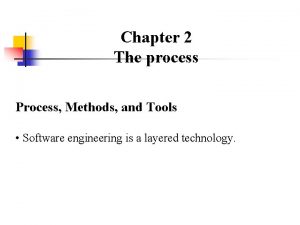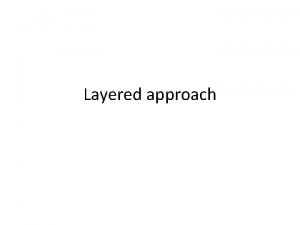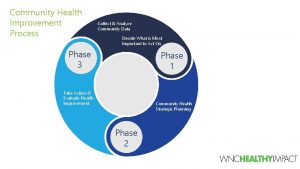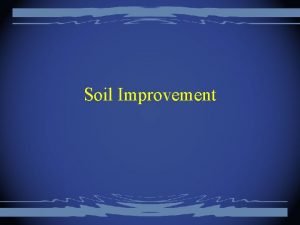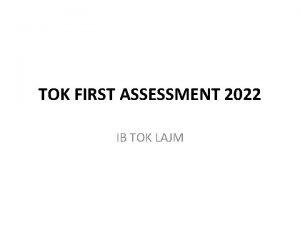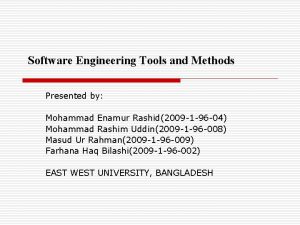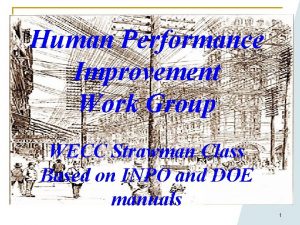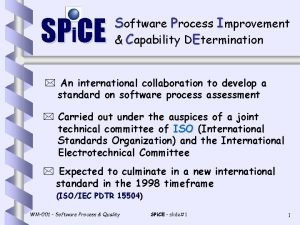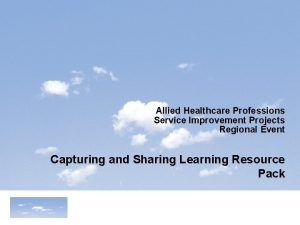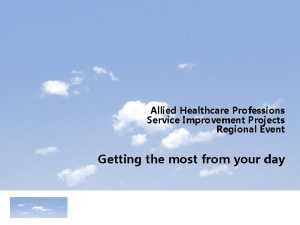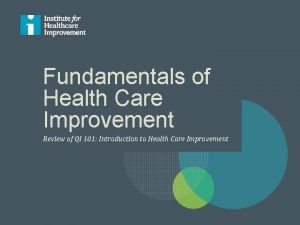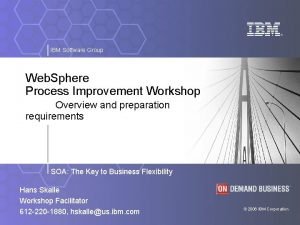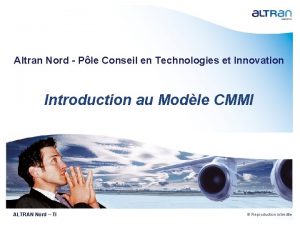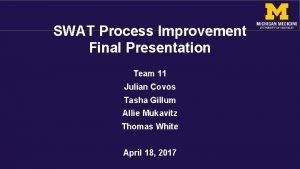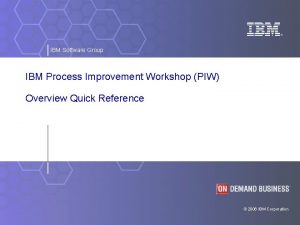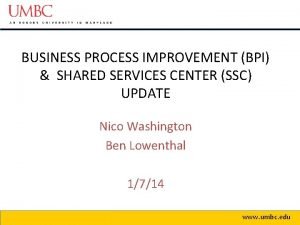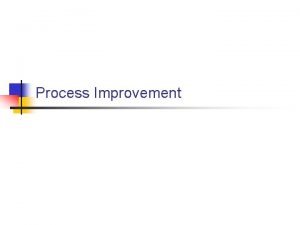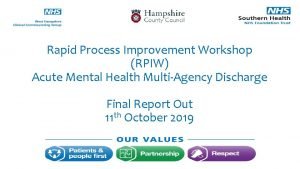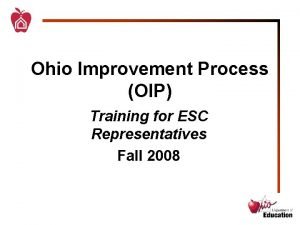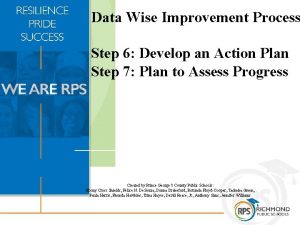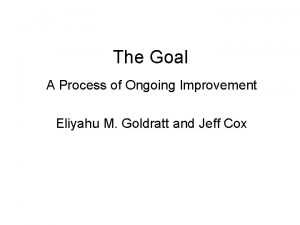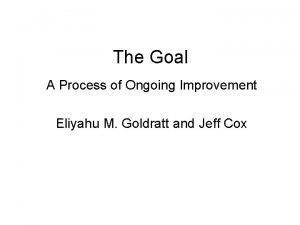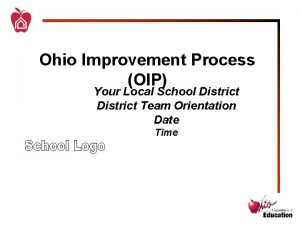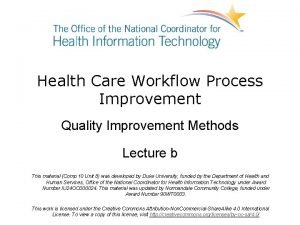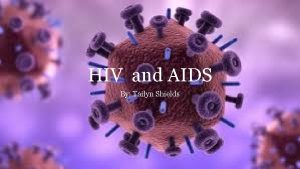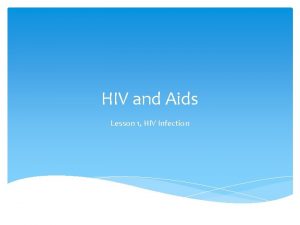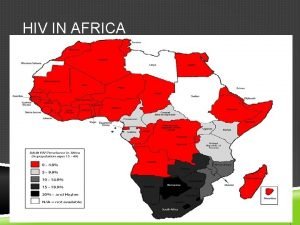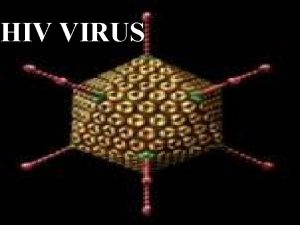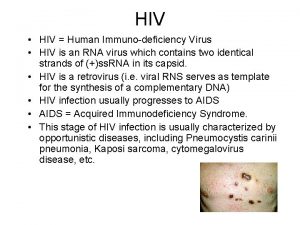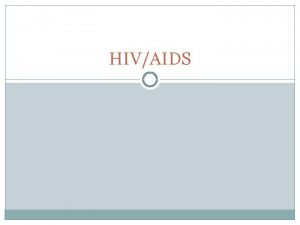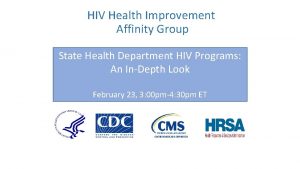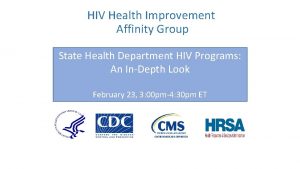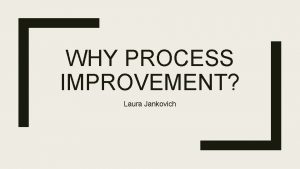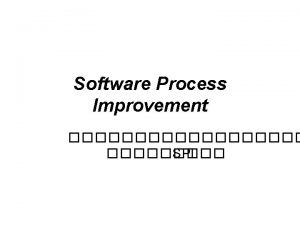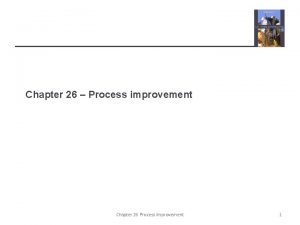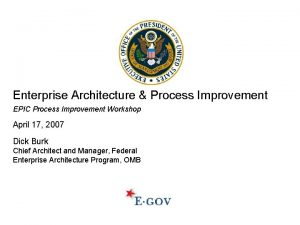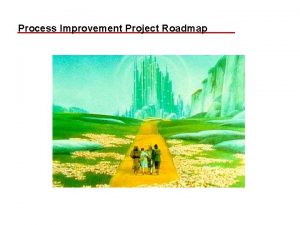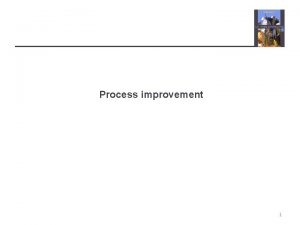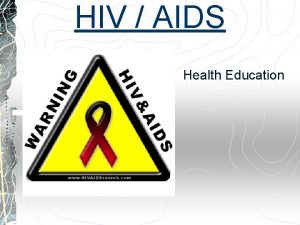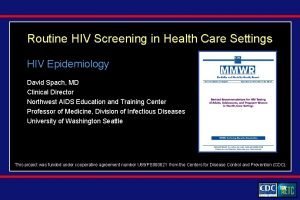Process Improvement Methods and Tools HIV Health Improvement































- Slides: 31

Process Improvement Methods and Tools HIV Health Improvement Affinity Group November 18, 2016

Webinar Logistics • Please mute your line and do not put the line on hold. • Comments are encouraged! To comment or ask a question, use the chat box on your screen. • Note: chat box will not be seen if you are in “full screen” mode. You will need to exit out of full screen mode if you want to use this feature. • Moderated Q&A based on questions submitted through the chat box will be held after the formal presentation.

Agenda 1. Review of your State Action Plan 2. Performance Improvement Methods and Tools • The Model for Improvement • Driver Diagrams 3. Examples 4. Questions 5. Upcoming Activities and Next Steps

Welcome HIV Affinity Group Teams! WA NH WI NV NY MI IA RI IL CA VA NC MS AK MA CT MD GA LA 4

Josh Hardy Health Insurance Specialist at CMS 5

Presenter Dr. Kevin Larsen Enterprise Lean and Performance Improvement Lead at CMS 6

Overview of Your State Action Plan Purpose of State Action Plan The work plan incorporates your state’s project objectives as well as strategies, and the action items necessary to accomplish your objectives within the HIV Health Improvement Affinity Group timeframe. This State Work Plan can be used to: • Structure your team’s Affinity Group project objectives. • Provide a common roadmap for how to meet your project objectives and identify areas for technical assistance and program support. A first draft of your state action plans will need to be completed on December 2 nd.

Action Plan Components 1. 2. 3. 4. 5. 6. Aim Statement Project Objectives Strategies for Tracking and Technical Assistance Project/ Driver Diagram State Action Plan Template Monitoring and Evaluation

The Model for Improvement From Associates in Process Improvement http: //www. apiweb. org/

Applying the Model What are we trying to accomplish? • Develop an aim statement How will we know that a change is an improvement? • Measure What change can we make that will result in improvement? • Develop a driver diagram • Consider using the concept of PDSA cycles when developing the work plan (Plan; Do; Study; Act)

Developing an Aim Statement What are we trying to accomplish? 11

Defining an Aim • A clearly articulated goal or objective • Describes the desired outcome in quantitative terms • Specific, measurable, and time-bound • It should answer the question: “How much improvement, to what, for whom, by when? ” “If you don’t know where you’re going, any road will get you there. ”

SMART Objectives • Specific • What exactly do you want to accomplish? • Measureable • How will you know if and when the aim is achieved? • Actionable • Does the aim indicate that change is needed? • Relevant/Realistic • Is the aim relevant to priorities and possible to accomplish? • Time-bound • When (exact date) do you want to achieve the aim?

Examples of Aim Statements By January 1, 2018 our state will have 20% more people living with HIV in care By 2020, 90% of people living with HIV our state will have a suppressed viral load

Developing a Driver Diagram What is our theory of change? 15

Driver Diagrams • Improvement initiatives start with a theory – ideas and hunches about how to achieve the aim • Includes o known ideas from other sources that may need local adaptation o new ideas not yet tried • Links the objective(s) to specific strategies and actions to achieve change in the system • Strategies suggest which changes are needed for testing and possible measures

Defining Strategies and Action Items Logically shows the causal relationships between objectives, strategies, and actions Action #1 Strategy #1 Action #2 Action #3 Action #4 Objective Strategy #2 Action #5 Action #6 Action #7 Strategy #3 Action #8 Action #9

Seven Steps for Creating a Driver Diagram 1. Choose an aim that is SMART 2. Brainstorm all of the ideas needed to achieve the aim 3. Logically group ideas and define high-level “headers” summarizing the groups 4. Check for duplicates, clarity, missing elements, and team consensus (if applicable) 5. Draw connecting arrows showing the cause-andeffect relationships

Seven Steps for Creating a Driver Diagram 6. Define the interventions or that you will use to have a desired impact on the various drivers 7. Define project measures: • for tracking progress • to test and modify your theories for improvement • to monitor for overall project effectiveness

Tips for Creating Driver Diagrams Develop content first (not the visual) • No determined number of drivers or strategies • Does not matter which direction the diagram flows (right to left, left to right, up to down, etc. ) Align with measures • Core processes should be measured (mostly process, some outcome) and should align with the drivers • Aim defines primary outcome measures “Walk through” predictions of impact • Review completed diagram to ensure all drivers have some predicted impact on aim

Common Pitfalls in Developing Driver Diagrams Pitfall Objective(s) is too vague Countermeasure Objective should be specific, measurable, and should be tied to a timeframe (preferably an exact date). Objective is too ambitious, or Objective should create a focus and sense of urgency, not ambitious enough but should be attainable. Key stakeholders were not involved in creating your objective(s) and driver diagram Involving stakeholders can ensure you have their buy-in and support when you need it later! They may have valuable insights that improve your program effectiveness. Debating the difference between a strategy and an action Team members often initially have differing mental models. Theories will be proven out (or not) as you implement your tests, and see the results. Driver diagrams are dynamic, and will evolve.

Brokering Collaborative Ownership Between Project Partners 1. Trust 2. Leadership engagement 3. Leverage current collaborations 4. Reciprocity- “each group gets more value out of this than they put in”

Building Connections

Monitoring and Evaluation How will we know that a change is an improvement? 24

Car with No Dashboard

Types of Measures Outcome Measures • Results - system level performance Process Measures • Inform changes to the system Balancing Measures • Signal “robbing Peter to pay Paul”

Some Measurement Assumptions • The purpose of measurement in improvement work is for learning not judgment • All measures have limitations, but the limitations do not negate their value • Measures are one voice of the system. Hearing the voice of the system gives us information on how to act within the system • Measures tell a story; goals give a reference point.

Summary • The Model for Improvement consists of: o 3 fundamental questions o Use of PDSA cycles to test changes • Driver Diagrams are visual models of a theory for change that evolve based on testing, results, data and learning. • Improvement initiatives should have: o Clear, concise aim(s) o Theory of change o Plans for testing, measurement, implementation and spread

Upcoming Activities and Deadlines Activity Registration for In-Person Meeting Date OVERDUE: November 16 th, 2016 Preliminary Draft of State Project Plan December 2 nd, 2016 due to NASHP LC staff In-Person Meeting December 6 th and 7 th, 2016 State Project Plan Mid-January (exact date to follow) 29

Questions 30

Thank you for participating in today’s webinar. You will now be directed to a short evaluation of today’s webinar. Please complete the evaluation. Your feedback guides our work! 31
 Process methods and tools in software engineering
Process methods and tools in software engineering Process methods and tools
Process methods and tools Community health improvement process
Community health improvement process Community health improvement process
Community health improvement process Soil improvement methods
Soil improvement methods Ib tok guide 2022
Ib tok guide 2022 Software engineering tools and methods
Software engineering tools and methods Indirect methods of contoring uses how many methods
Indirect methods of contoring uses how many methods Questioning attitude human performance
Questioning attitude human performance Spi in software engineering
Spi in software engineering A bacterial std that usually affects mucous membranes
A bacterial std that usually affects mucous membranes Chapter 24 sexually transmitted diseases and hiv/aids
Chapter 24 sexually transmitted diseases and hiv/aids Spontaneous generation in data flow diagram
Spontaneous generation in data flow diagram Typical process description tools include
Typical process description tools include Ohio state health improvement plan
Ohio state health improvement plan The allied health profession service improvement project
The allied health profession service improvement project The allied health profession service improvement project
The allied health profession service improvement project Qi 101: introduction to health care improvement
Qi 101: introduction to health care improvement Process improvement workshop examples
Process improvement workshop examples Altran nord
Altran nord Swat process improvement
Swat process improvement Itil csi 7 steps
Itil csi 7 steps Ibm process improvement
Ibm process improvement Shared services process improvement
Shared services process improvement Test improvement process
Test improvement process Rpiw process
Rpiw process Ohio improvement process
Ohio improvement process Data wise action plan template
Data wise action plan template Herbie the goal
Herbie the goal A process of ongoing improvement
A process of ongoing improvement Rapid process improvement methodology
Rapid process improvement methodology Oip process
Oip process
